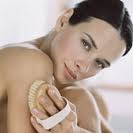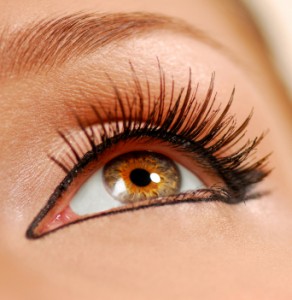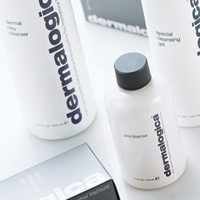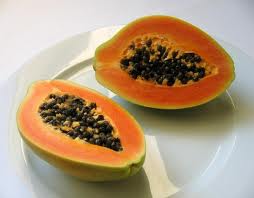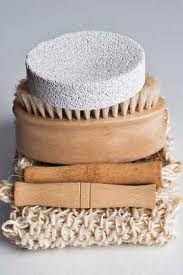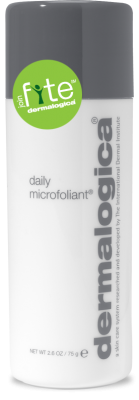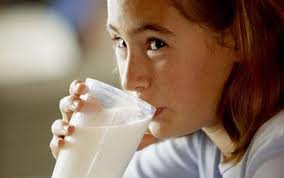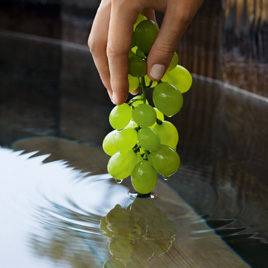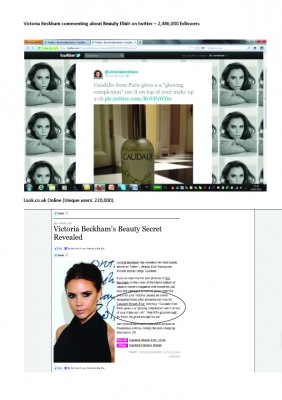The story of Mothers Day is rich with history. It is neither a recent phenomenon as many people believe it to be, nor is it the creation of card and gift marketers syndicate as assumed by cynics. To the surprise of a lot of people Mothers Day celebrations are first said to have taken place in the time of ancient Greeks and Romans hundreds of years ago. Even Mothers Day celebrations in UK began much before the tradition saw the light of the day in US. In US along with others the efforts of Ms Julia Ward Howe and Ms Anna Jarvis (see below) are greatly recognised for starting the tradition of Mothers Day.
Today Mothers Day is celebrated in more than 46 countries around the world though at different times in the month of May and in some countries it is celebrated in entirely different times of the year. In the present time Mothers Day has come to be internationally recognised as the day to honor all mothers and thank them for the services they impart for the benefit of their individual child and consequently to the development of mankind.
Mother’s Day Story: Celebrations in the time of Greeks and Romans
The tradition of Mothers Day started with the ancient Greeks who celebrated their annual spring festival in honor of Rhea (see below), the mother of many Gods and Goddesses in the Greek mythology. Ancient Romans too celebrated a spring festival by the name of Hilaria in honor of Cybele, a mother goddess, some 250 years before Christ was born.

Mother’s Day Story: Celebrations in UK
In UK, Mothers Day celebrations started by the name of Mothering Sunday, several years before the tradition found its roots in UK. Mothering Sunday came to be celebrated following the practice in UK of 17th century wherein children of poor families were send to work as apprentice and domestic servants with the rich. These children were allowed to visit their ‘Mother Church’ or the Cathedral of their home town annually in the middle of the fasting month of Lent. Children met their mothers after visiting the church and presented them with flowers and special ‘Mothering Cakes’. The custom received a set back with the advent of Industrial Revolution when the lifestyles changes. American soldiers contributed in the revival of the tradition after the World War II. (pic a tradition recipe for Simnel Cake)
Mother’s Day Story: Genesis of the Festival in US
The story of Mothers Day in US began with the efforts of a dynamic writer and poetess, Julia Ward Howe in 1872. An activist to the core Julia utilised her potentials to further the cause of Mothers Day. She wrote a powerful Mothers Day Proclamation in Boston in 1870 and demanded declaration of official holiday and celebrations on Mothers Day. Her idea gained popularity but she could not get the idea implemented.
Mother’s Day Story: Struggle of Anna Jarvis
A loving daughter from West Virginia, Anna Jarvis is recognised as a ‘Founder of Mothers Day’ and ‘Mother of Mothers Day’. Anna kept the word of her activist mother; Mrs Ann Marie Reeves Jarvis who once expressed a wish that someone should strive to provide mothers their due recognition. After her mothers death in 1905, Anna’s determination became strong and she along with several supporters started lobbying for the official holiday on Mothers Day by writing letters to the people in power. To celebrate Mothers Day, Anna began to send her mothers favourite flowers, carnations in her local church requesting people to wear them in honor of their mothers. The idea gained immense popularity over the years and in 1910, West Virginia became the first state to recognize Mothers Day holiday. On May 8, 1914 President Woodrow Wilson signed a Joint Resolution designating the second Sunday in May as Mother’s Day.
I was pleased to find that Mother’s Day has such a rich history and that it’s not all about commercial interests, but especially that these people and traditions are not totally lost! So, on Sunday 18th March, 2012, Mothering Sunday, Mother’s Day or the fourth Sunday of Lent I’ll remember my mother as I do everyday.
Thank you for reading.
Wendy x
Source: mothersdaycelebration.com, Wendy O’Hare



